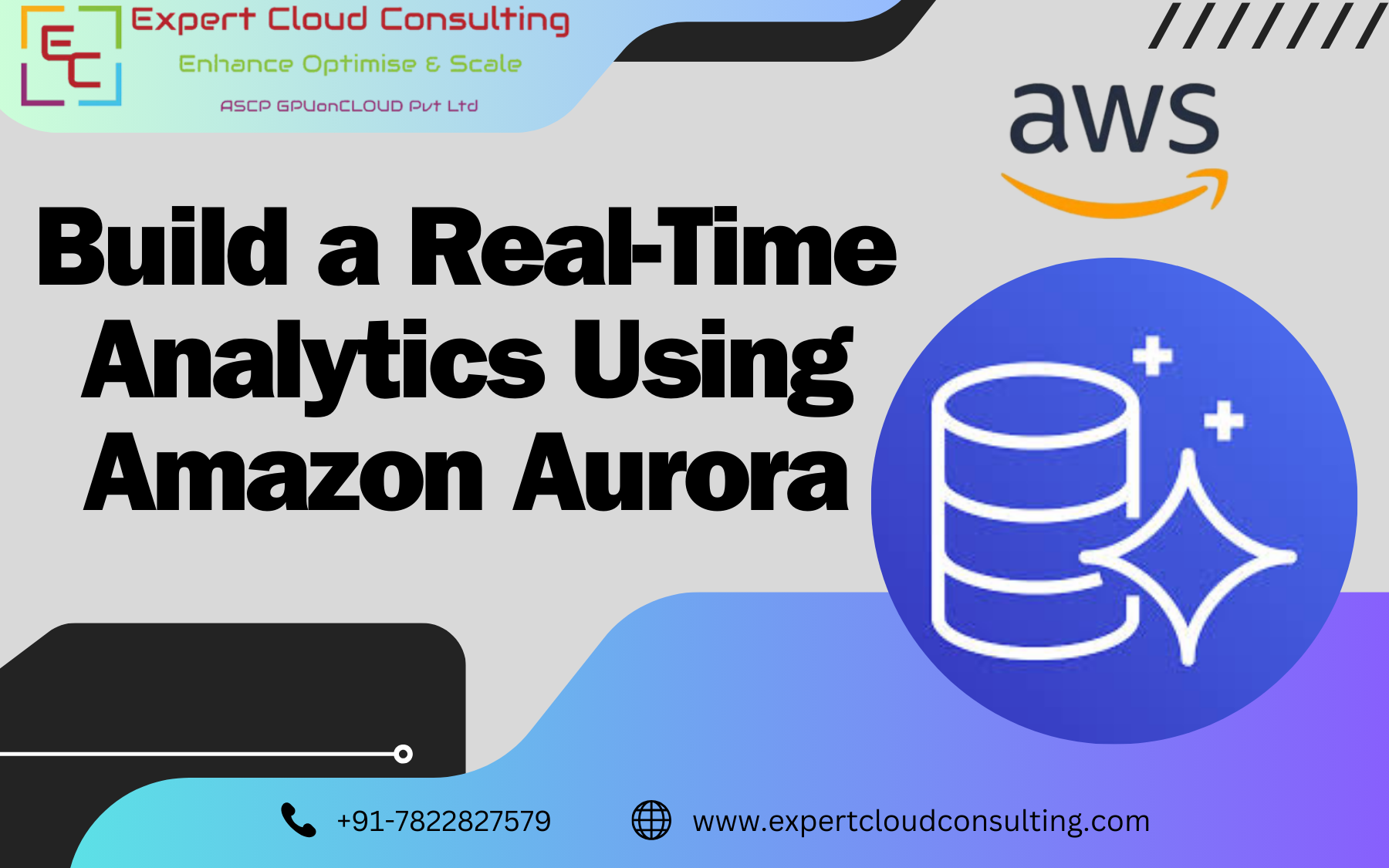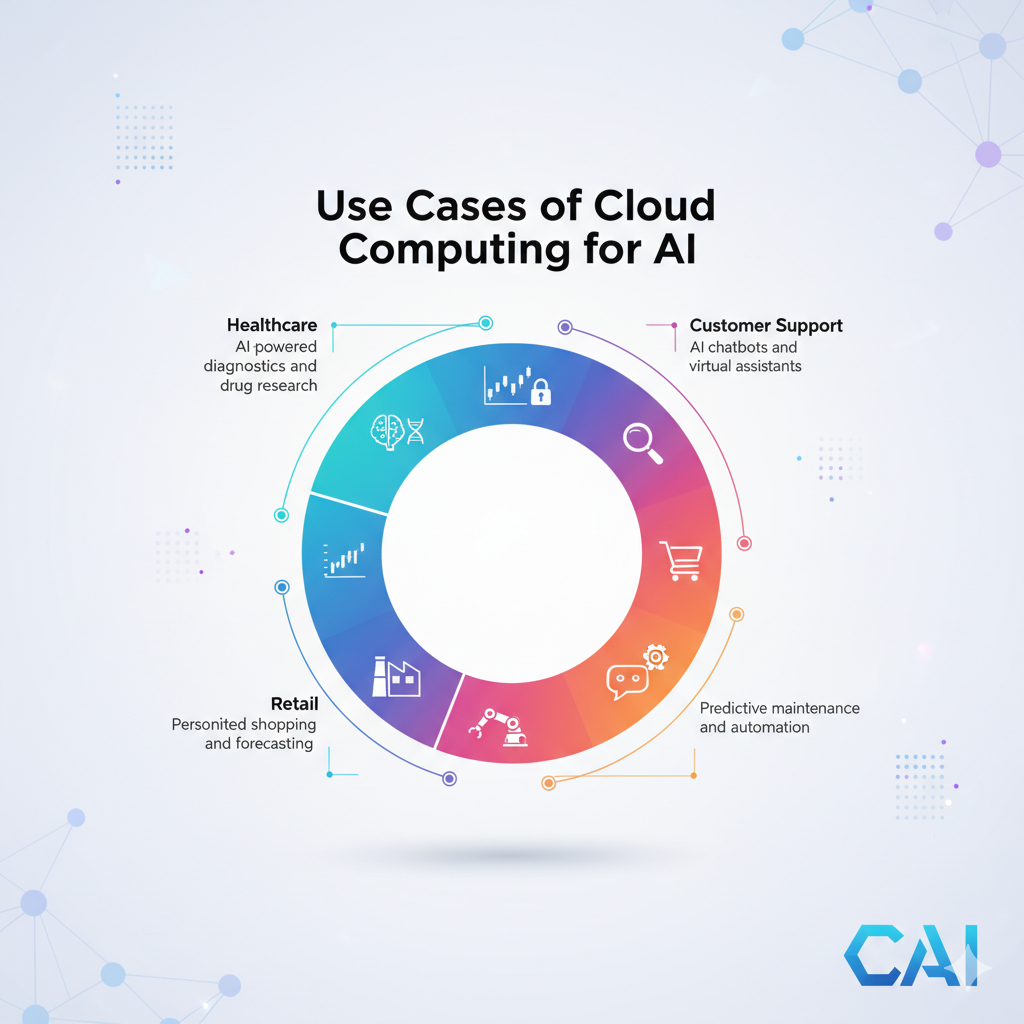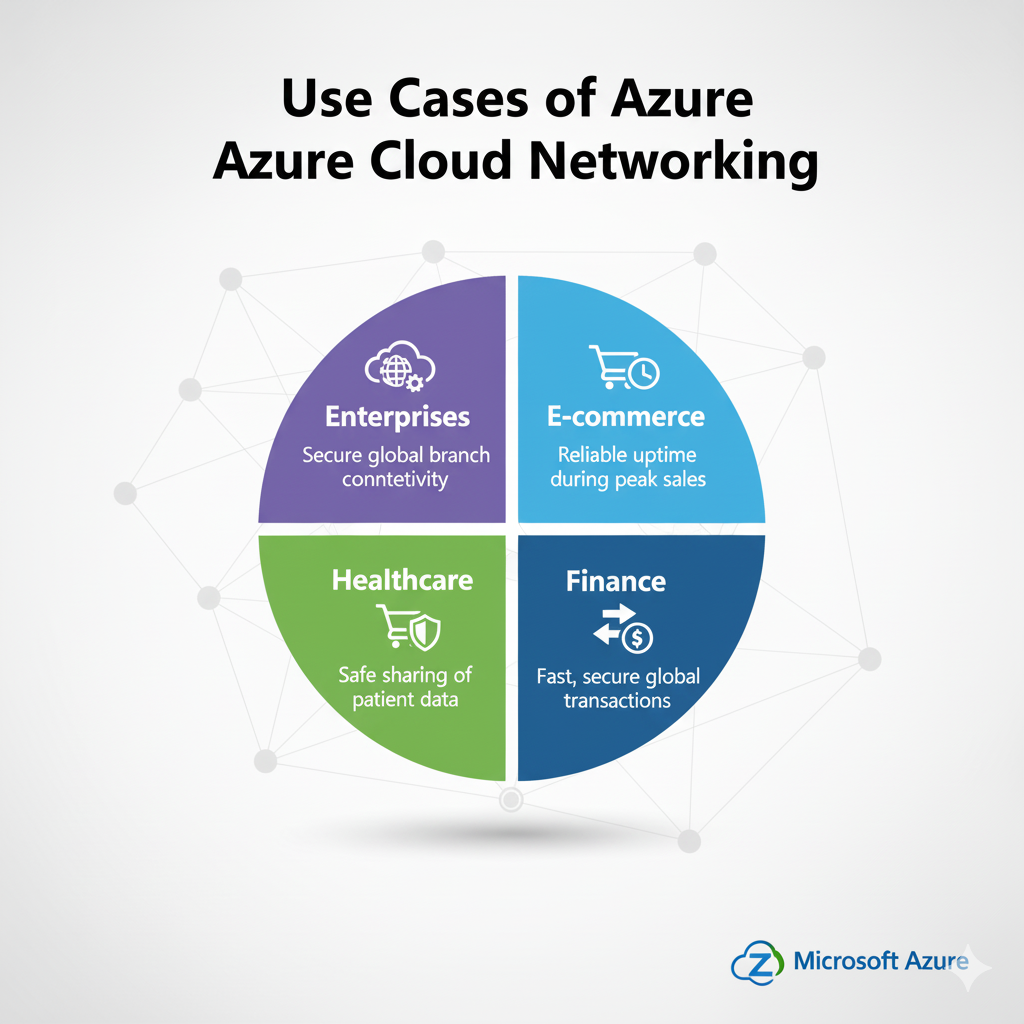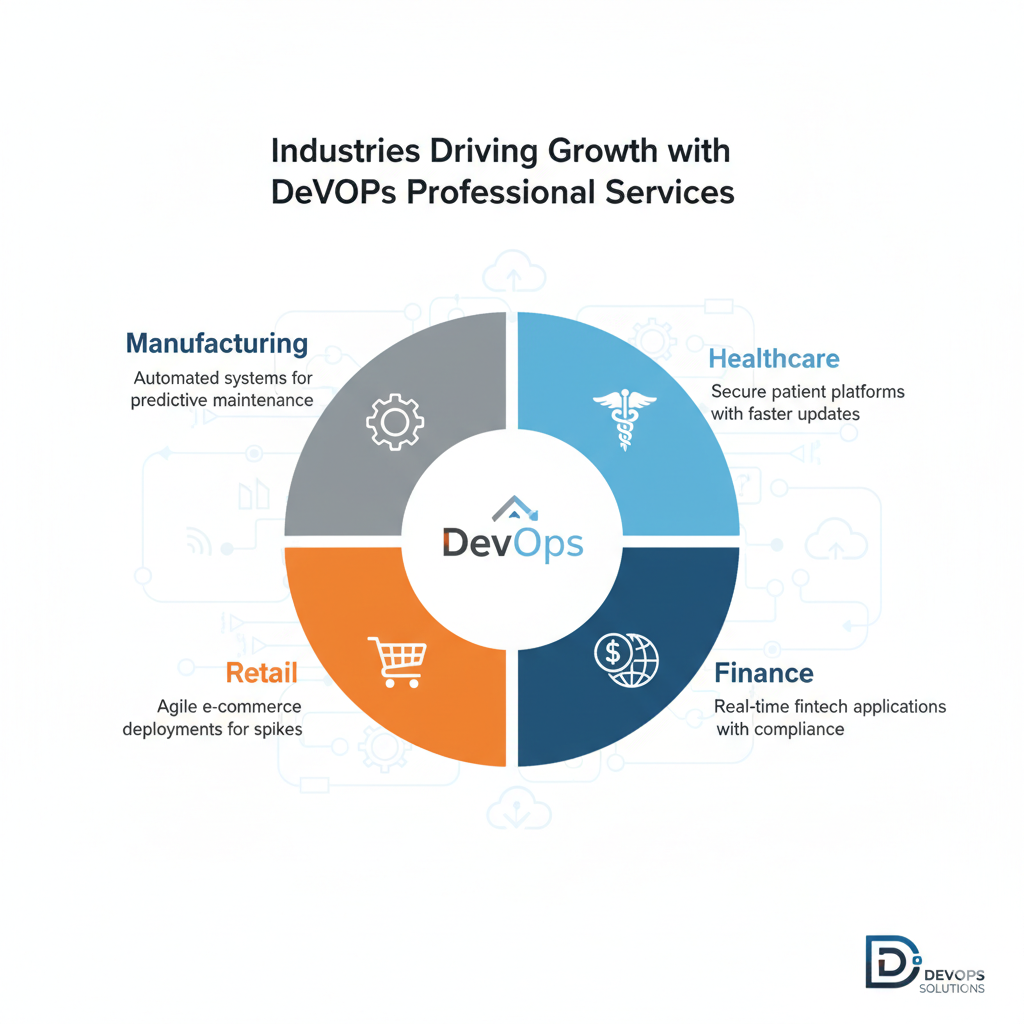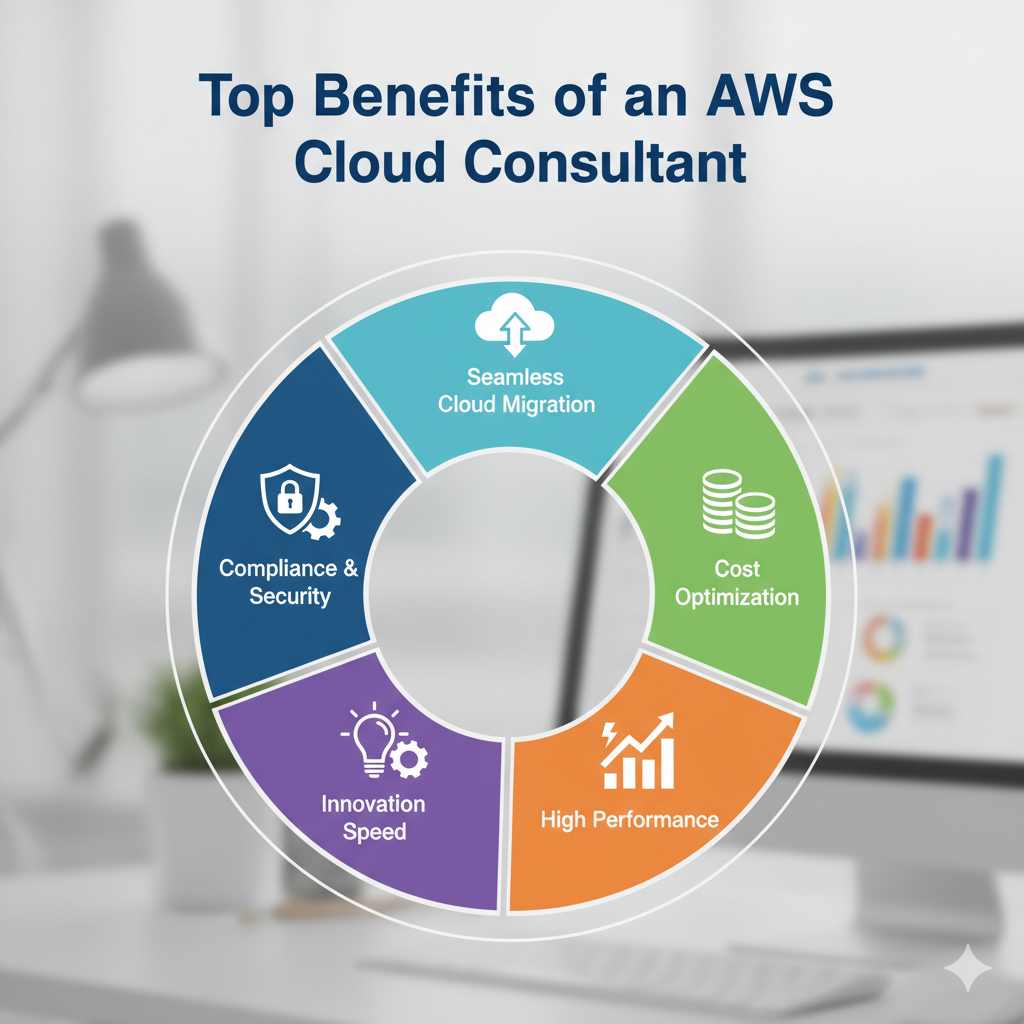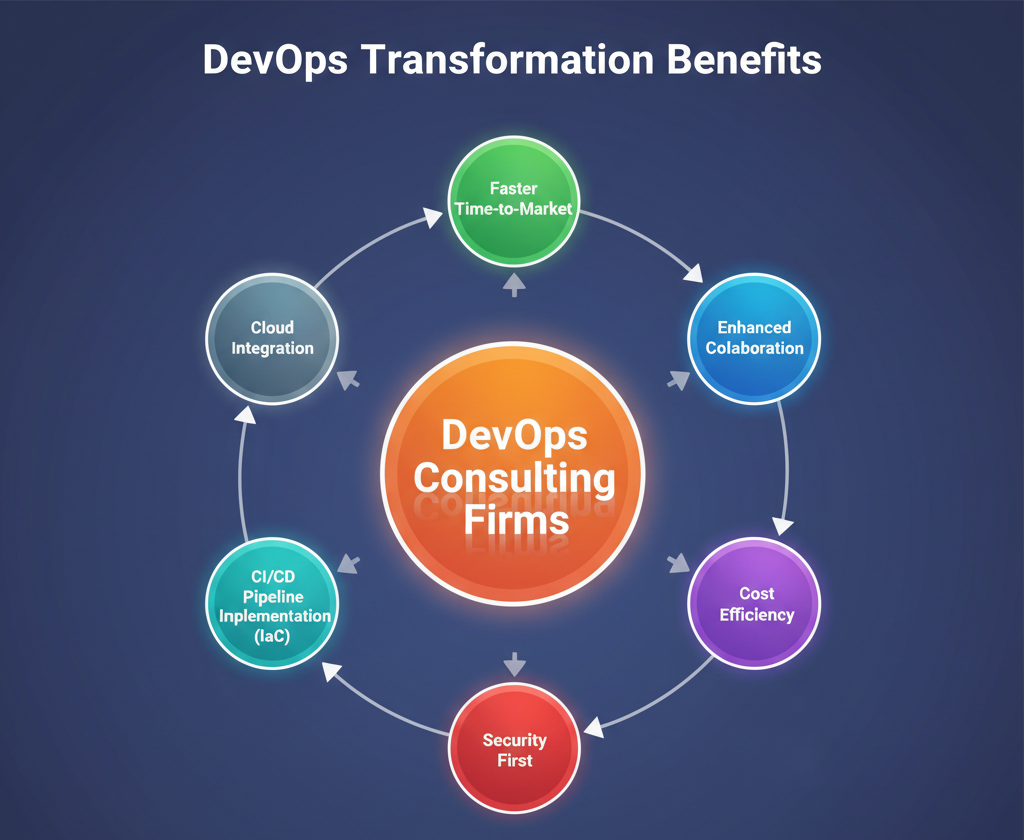- Introduction 🚀In data-driven landscape, businesses rely on efficient and scalable real-time analytics solutions to gain actionable insights promptly. Amazon Aurora, a fully managed relational database service by AWS, provides an ideal platform for implementing such analytics pipelines effectively. A delve deeper into leveraging Amazon Aurora alongside other AWS services to build robust real-time analytics solutions.Amazon Aurora🤔
Amazon Aurora is a high-performance and scalable relational database offered by Amazon Web Services (AWS). It is compatible with MySQL and PostgreSQL, providing the reliability and robustness of these popular database engines along with the scalability and flexibility of AWS cloud services. Aurora is designed to deliver up to five times the throughput of standard MySQL and up to three times the throughput of standard PostgreSQL databases, making it an ideal choice for demanding workloads including real-time analytics.
- To leverage Amazon Aurora for real-time analytics ⚡
1️⃣ Data Ingestion 🕵️AWS services like Amazon Kinesis or AWS Lambda to ingest streaming data into Aurora in real-time. Implement error handling and retries within data ingestion processes to ensure data integrity. Monitor Kinesis and Lambda metrics using Amazon CloudWatch to optimize performance.
- 2️⃣ Data Processing 🔄
Utilize AWS Lambda or other serverless technologies to process incoming data before storing it in Aurora.Keep Lambda functions lightweight and focused on specific data processing tasks to optimize performance and scalability. Use asynchronous processing with services like Amazon SQS to manage spikes in incoming data volume efficiently.
Aurora's SQL capabilities to run complex analytical queries against your dataset in real-time. Design efficient database schemas optimized for analytics queries. Utilize Aurora's query caching and indexing features to improve query performance.
- 4️⃣ Visualization and Reporting📝
Integrate Aurora with visualization tools like Amazon QuickSight or Tableau for real-time dashboards and reporting. Optimize data models and query performance to ensure responsive and interactive visualizations. Leverage QuickSight's built-in capabilities for live data analysis and dynamic visualizations.5️⃣ Monitoring and Optimization 🏷️Continuously monitor Aurora's performance and optimize database schema, queries, and indexes for efficient analytics processing.Set up CloudWatch alarms to monitor Aurora's performance metrics such as CPU utilization, storage usage, and query latency.Implement automated backups and database maintenance to ensure data durability and availability.Future Scope 🌱
- 1️⃣ Multi-Region and Global Distribution
- Aurora's capabilities for global distribution and multi-region deployments are likely to evolve further. This includes providing seamless data replication and failover across multiple AWS regions, enabling globally distributed applications with low-latency access to data.
- 2️⃣ Integration with Serverless Architectures
- As serverless computing continues to gain popularity, Amazon Aurora is expected to deepen its integration with serverless technologies like AWS Lambda. This could involve further optimizations for running Aurora in serverless mode and enabling more granular billing based on actual usage.
- 3️⃣ Advanced Analytics and Machine Learning Integration
- Amazon Aurora may integrate more tightly with AWS analytics and machine learning services such as Amazon SageMaker, Amazon Redshift, and Amazon QuickSight. This integration could facilitate real-time analytics, predictive modeling, and automated decision-making based on data stored in Aurora.
- 4️⃣ Compatibility and Ecosystem Expansion
- Aurora is likely to expand its compatibility with other database engines beyond MySQL and PostgreSQL, enabling easier migration and interoperability with a wider range of applications and tools. This may involve supporting additional SQL dialects or NoSQL interfaces.
- 5️⃣ Operational Automation and Maintenance 🏷️
Amazon Aurora is expected to introduce more automation for routine database management tasks, such as automated performance tuning, backup optimization, and proactive monitoring. This reduces the operational overhead for managing Aurora clusters, allowing users to focus more on application developments.Conclusion 🗝️
Amazon Aurora offers a robust and scalable platform for implementing real-time analytics solutions in the cloud. By leveraging Aurora's capabilities along with other AWS services like Kinesis, Glue, Redshift, and QuickSight , businesses can build efficient and cost-effective analytics pipelines to derive valuable insights from their data. Start exploring the potential of Amazon Aurora today and empower your organization with real-time analytics capabilities.🌟


